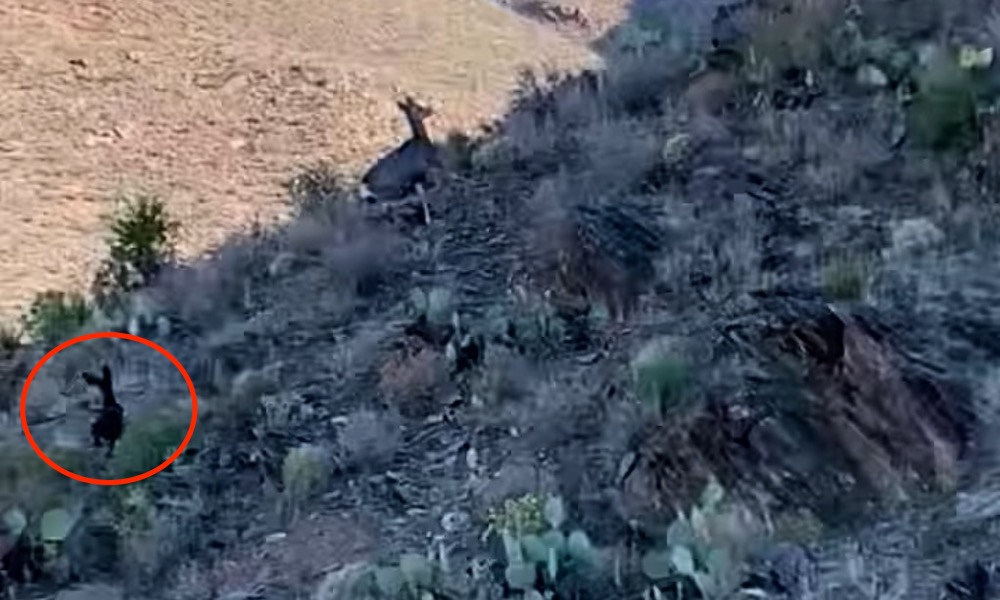A fisherman in Texas earned a variety of awards, along with a new responsibility, by catching a lake-record 62-pound, 45.5-inch blue catfish from Falcon Lake.
According to the Texas Parks and Wildlife, Ricardo Garza earned a Water Body Record, Big Fish Award, Water Body Catch and Release Record, and an Outstanding Angler Award.
In addition, Garza, who is also a fishing guide from Lone Star Fishing Guide Service, became the newest Official Weigh Station for the Angler Recognition Program in Texas.
“If you are fishing near Zapata, Texas, and think you may have a record, give Ricardo a call!” the Texas Parks and Wildlife post stated.
Incidentally, the blue catfish record for Texas is 121.5 pounds caught by Cody Mullennix on Lake Texoma on Jan. 16, 2004, nearly 20 years before Garza’s catch, which was on January 15.
According to the International Game Fish Association, the all-tackle world-record blue catfish is 143 pounds caught by Richard Nicholas Anderson on Kerr Lake, Buggs Island, Va., on June 18, 2011.

